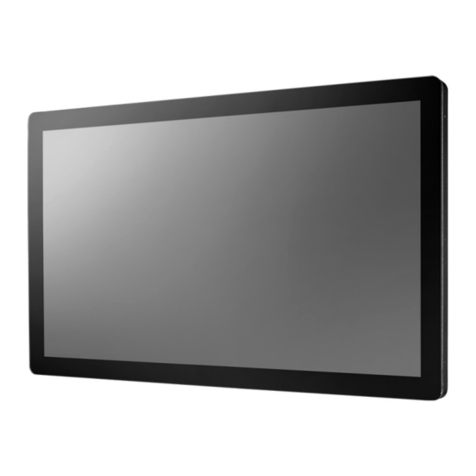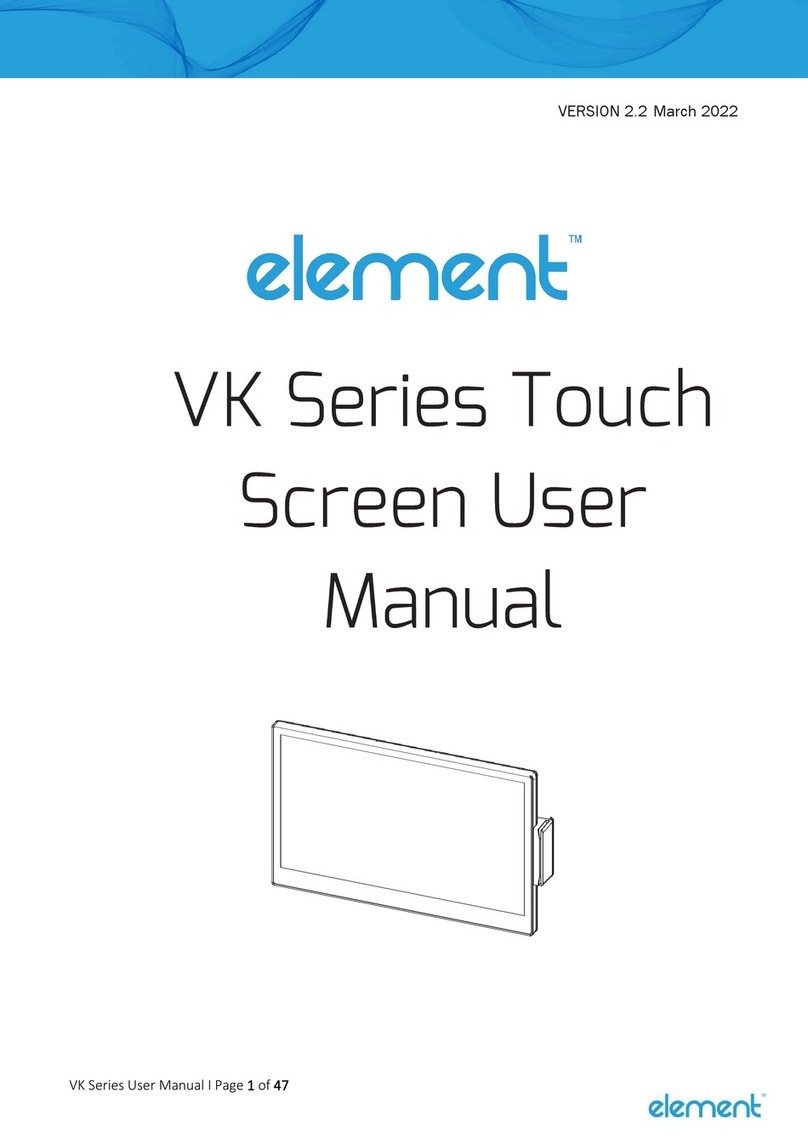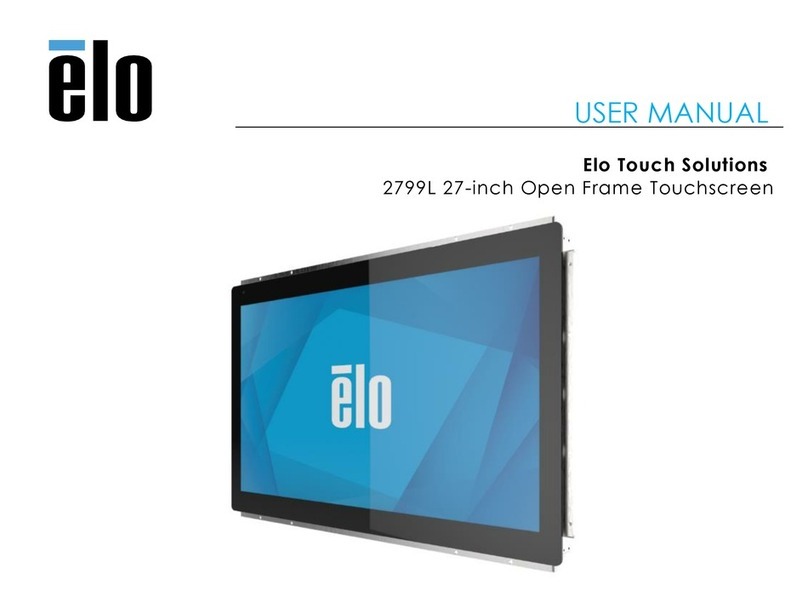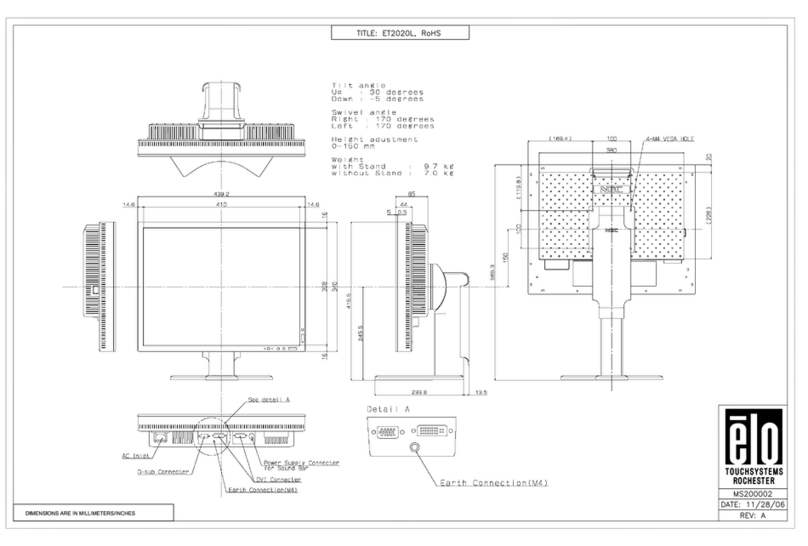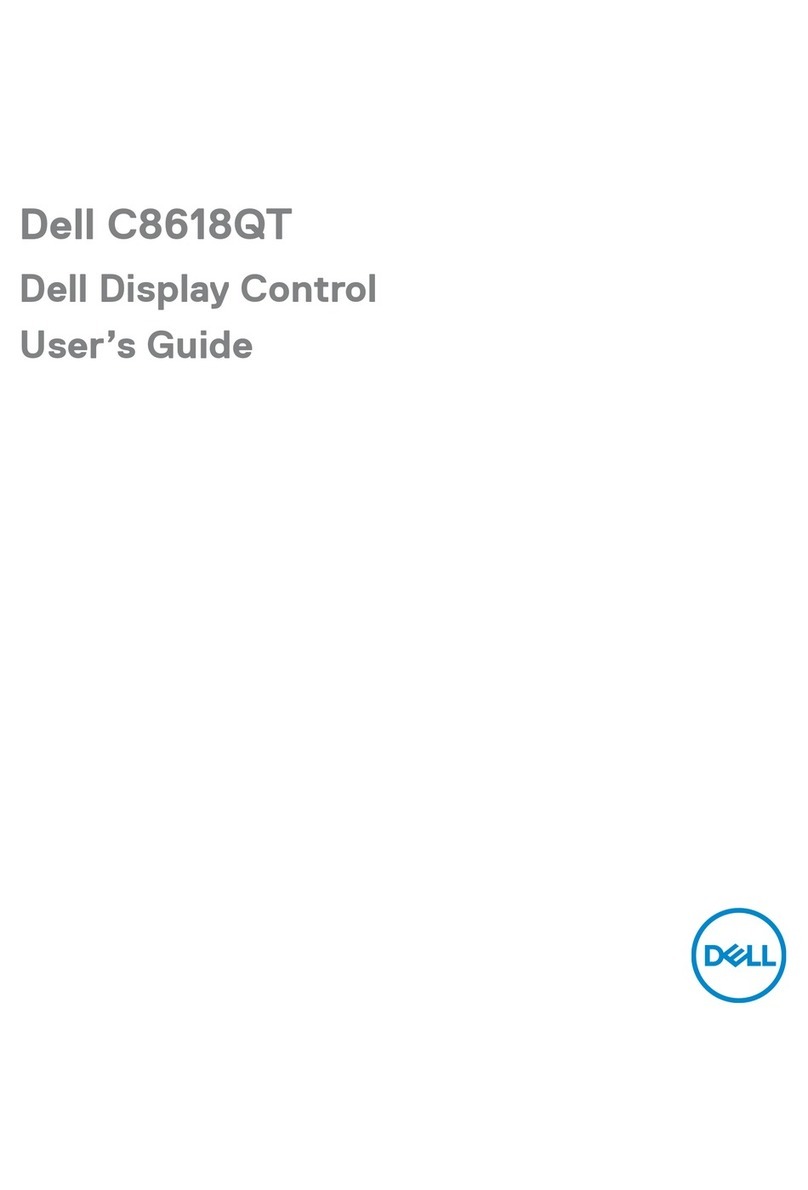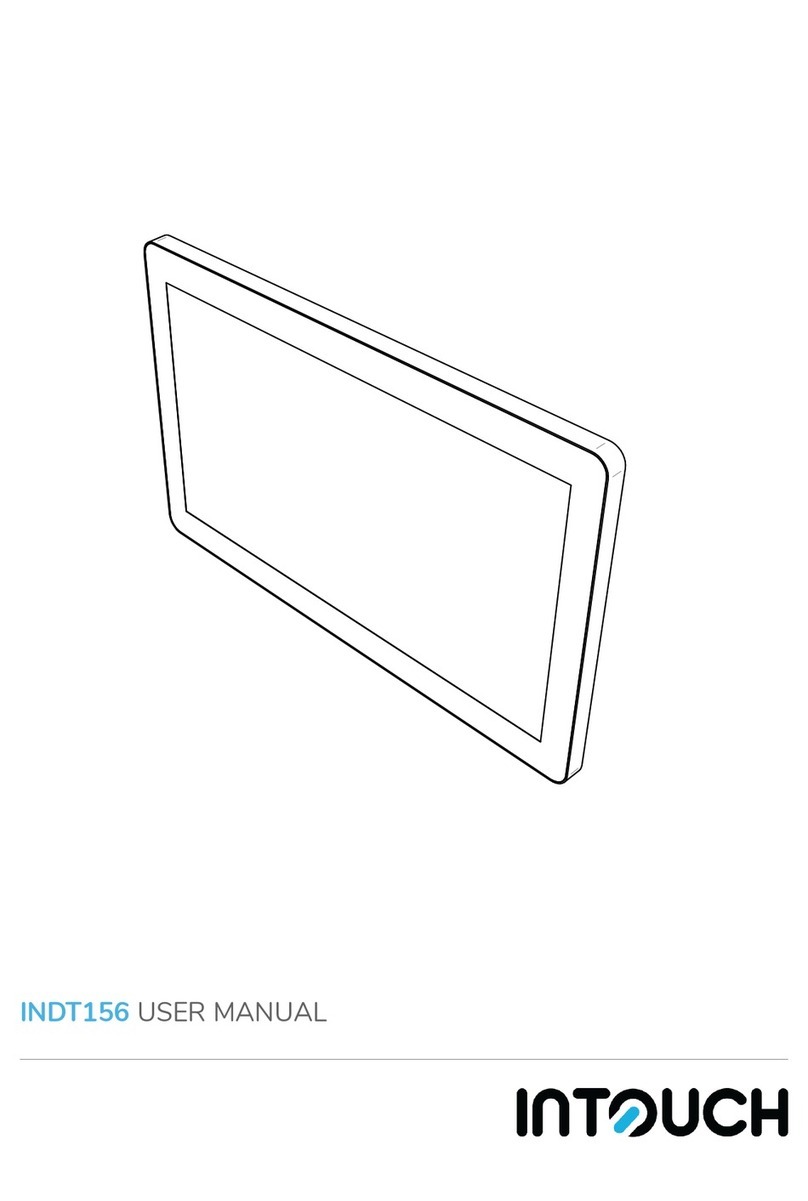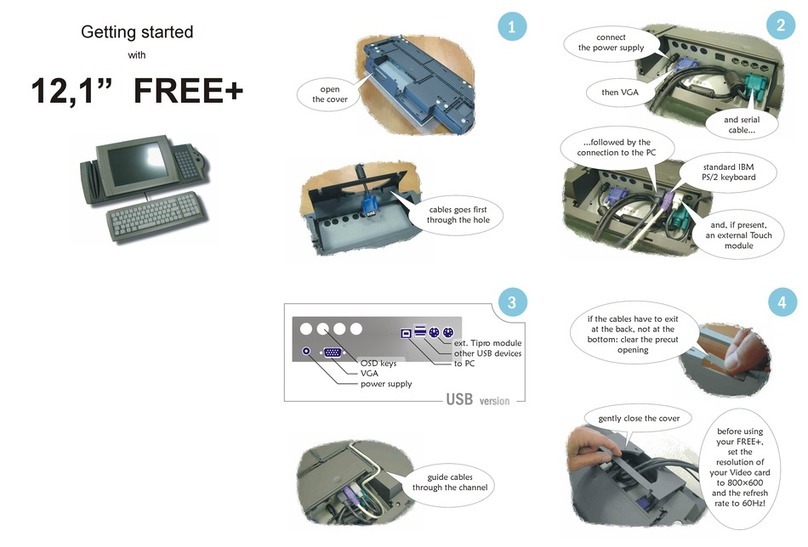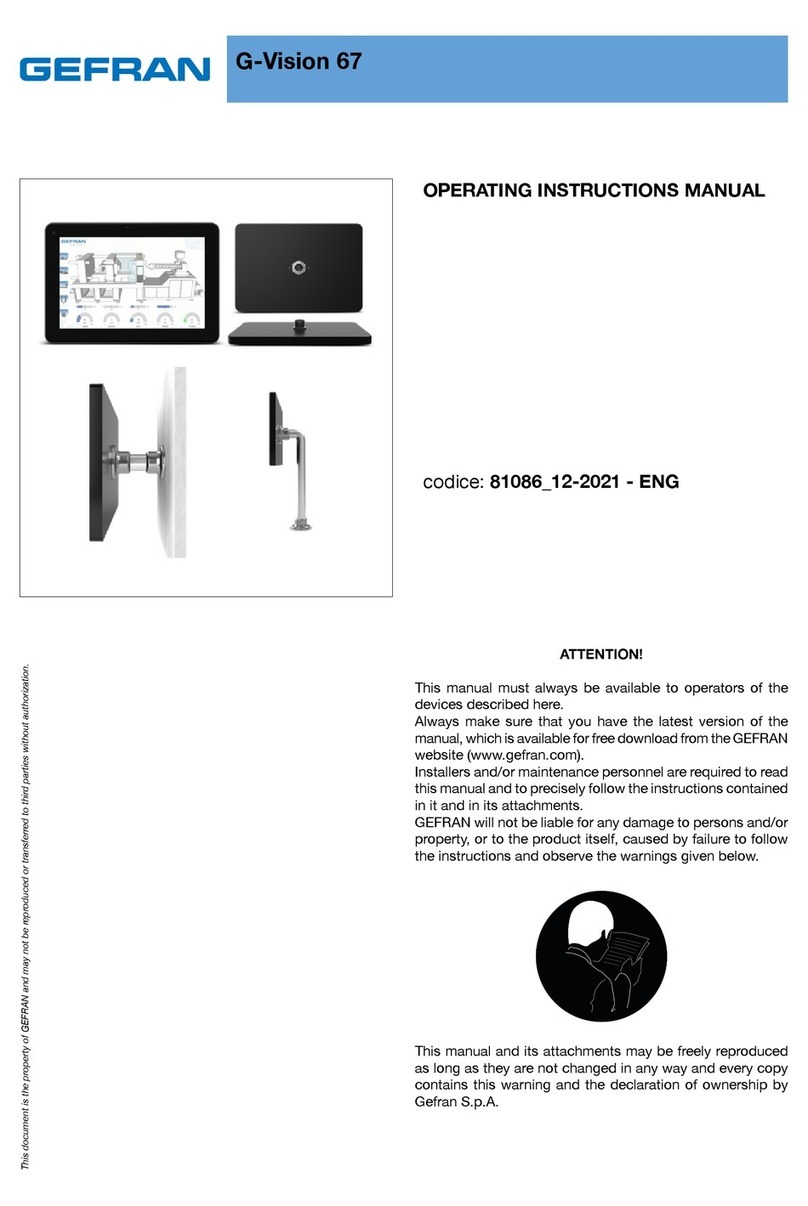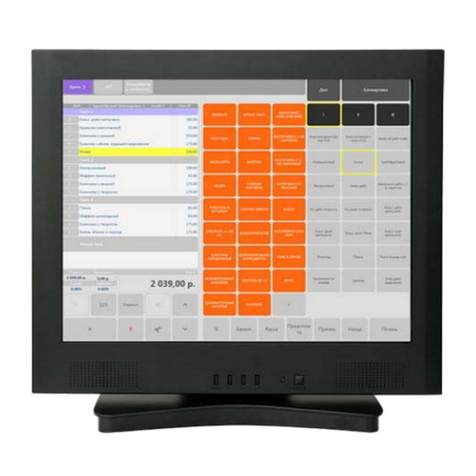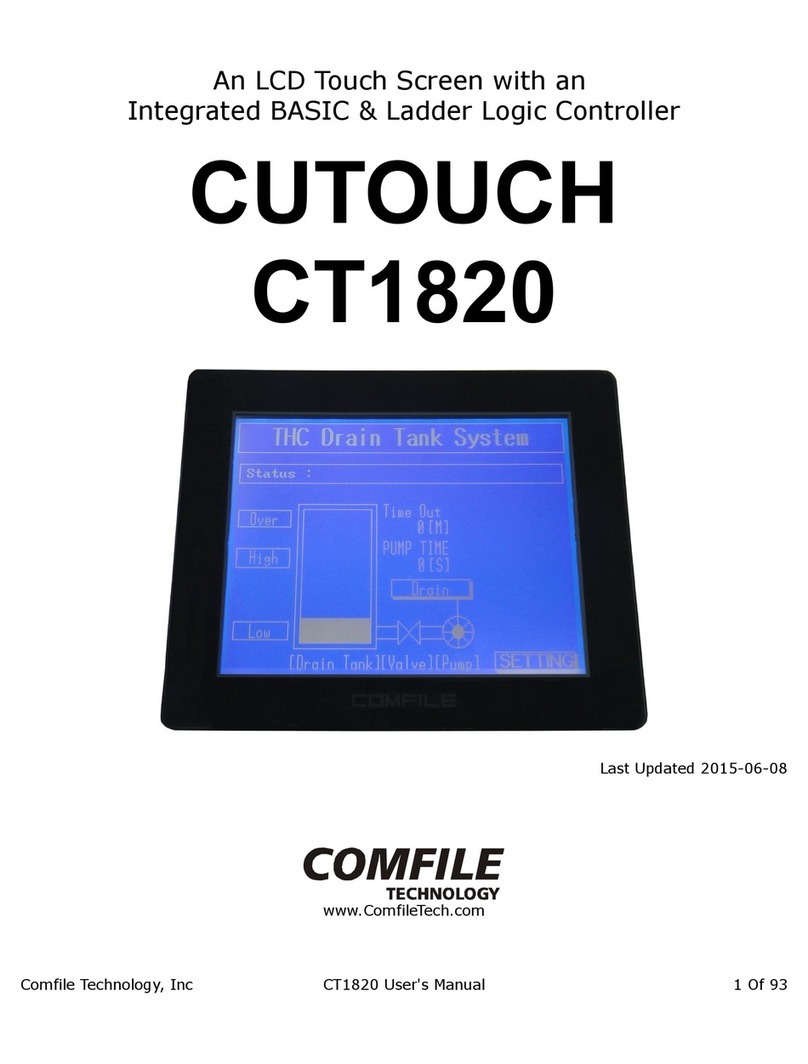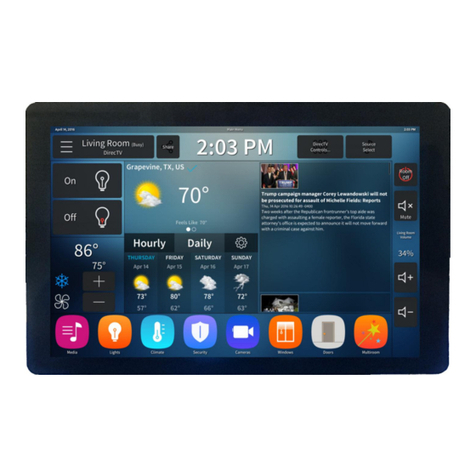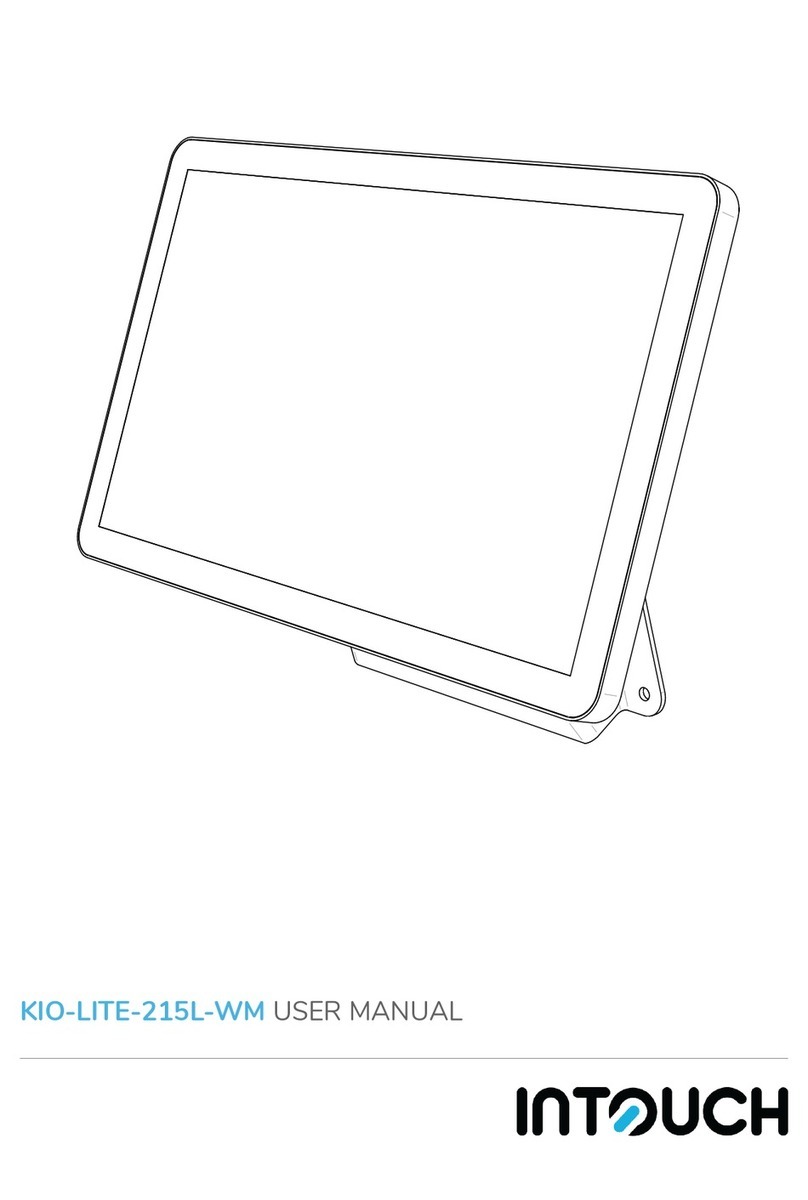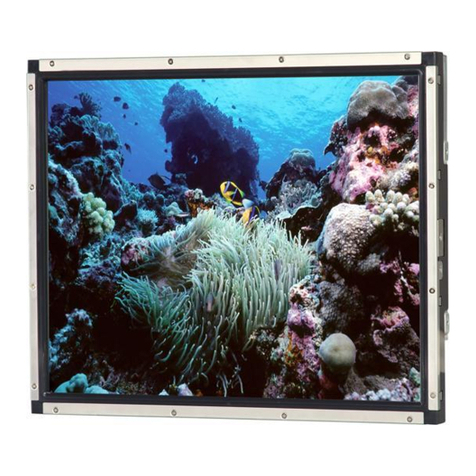General information
Reading distance
The normal reading distance depends on the reader system, the installation environment and from the data carrier model.
Information about the respective reading distances in optimal installation environment (non-metal environment), refer to the relevant
data sheet of the reader. In case of mounting the reader on metal may slightly reduce the reading distance.
Influence (reduction) of the reading distance
The reading distance can be influenced by completely different factors. On the one hand, it is influenced by the medium (the data
carrier) and on the other by the ambient conditions of the antenna and the data carriers.
This is a list of elements that reduce the reading distance:
•Shielding the data carrier by metal materials, for example, EC card in the wallet, key tag on a bunch of keys
•No optimum coupling, i.e. the antenna surface of the data carrier is vertical (90°) to the reader’s antenna surface
•Data carrier itself
- key tag (small active antenna surface)
- “poor resonance of the data carrier (IC card / key tag)
- combined ID card (e.g. LEGIC®/ inductive , mifare/inductive, etc.)
•Metal in the “active” surface of the HF field. The transmitting energy is reduced. This point is mainly relevant, when the
reader components are integrated in metal cover plates (including metal pillars etc.).
Electrical interference
The readers can interfere with each other or be influenced by other systems and interference sources. The readers can interfere
with each other at a distance of two to three times of the reading distance. High energy interference sources in the area of the
modulation and carrier frequencies might also disturb transmission. We do not recommend to supply the readers through switch
mode power supplies, since superimposed frequencies on the supply voltage might also have a negative effect on the relevant
reader system. This must be checked in the individual case. It should be observed that the interference spectrum of switch mode
power supplies might be changed through parameters such as temperature, input voltage, power to be supplied, etc.
Installation of data cables and supply cables
A sufficient cable cross-section is to be ensured for supplying the readers (in particular over larger distances). Since power
consumption of the individual systems is pulsed in some cases, short voltage dips cannot be detected by a conventional multimeter
(digital or analog). But such voltage dips might lead to a "POWER-ON-RESET“ in the reader component, which might result in
disruptions to communication.
The determination of the correct power supply and the cable cross-sections should be based on a maximum power consumption.
Care must be taken to ensure that the input voltage (measured on the reader) complies with the technical data of the reader.
Care and cleaning instruction
The use of hard or sharp objects (rings, fingernails etc.) can cause scratches and damage the device.
Wipe the device with a soft lint-free cloth, or one that has been lightly dampened with water.
The use of caustic liquids such as benzene, thinners, alcohol, solvents, or any kind of abrasive cleaners
will lead to surface deterioration and damage.
